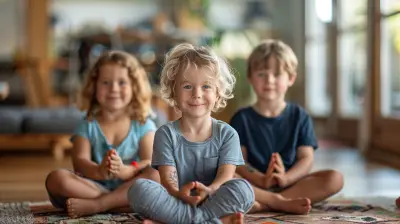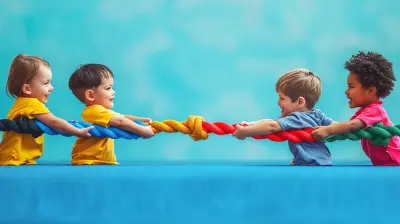Creating a “Potty-Positive” Environment at Home
23 April 2025
Potty training is one of those parenting milestones that feels both exciting and daunting. It's a moment of independence for your little one but can also come with its fair share of challenges. Let’s be real—tears, tantrums, and potty “oopsies” are all part of the process. But what if I told you that creating a "potty-positive" environment at home can make this journey smoother, more enjoyable, and way less stressful for everyone involved?
In this post, we’ll talk about how you can turn potty training into a positive experience for your child by creating the perfect environment for success. We’ll cover everything from mindset and preparation to practical tips and tricks. So, grab a cup of coffee, take a deep breath, and let’s dive in! 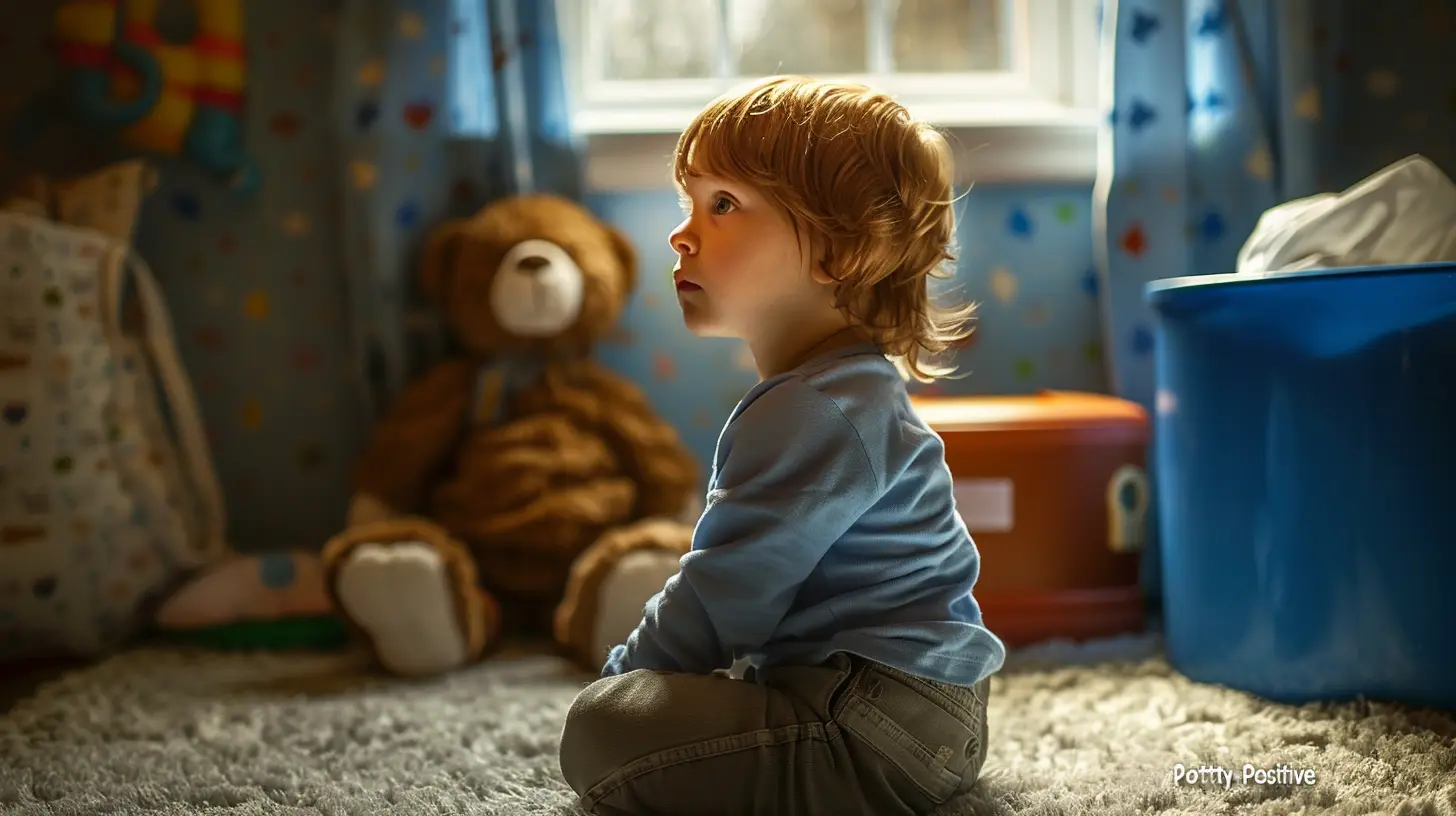
Why Creating a “Potty-Positive” Environment Matters
Before we dive into the how-tos, let’s talk about the why. Potty training isn’t just about teaching a skill—it’s about fostering confidence, independence, and trust in your child. A “potty-positive” environment reassures your child that it’s okay to learn at their own pace, make mistakes, and eventually succeed.Imagine you’re learning how to ride a bike. Wouldn't you feel more confident with someone cheering you on, rather than hovering over you, criticizing every wobble? The same principle applies to potty training. A positive environment creates a safe space where your child feels supported, not pressured. 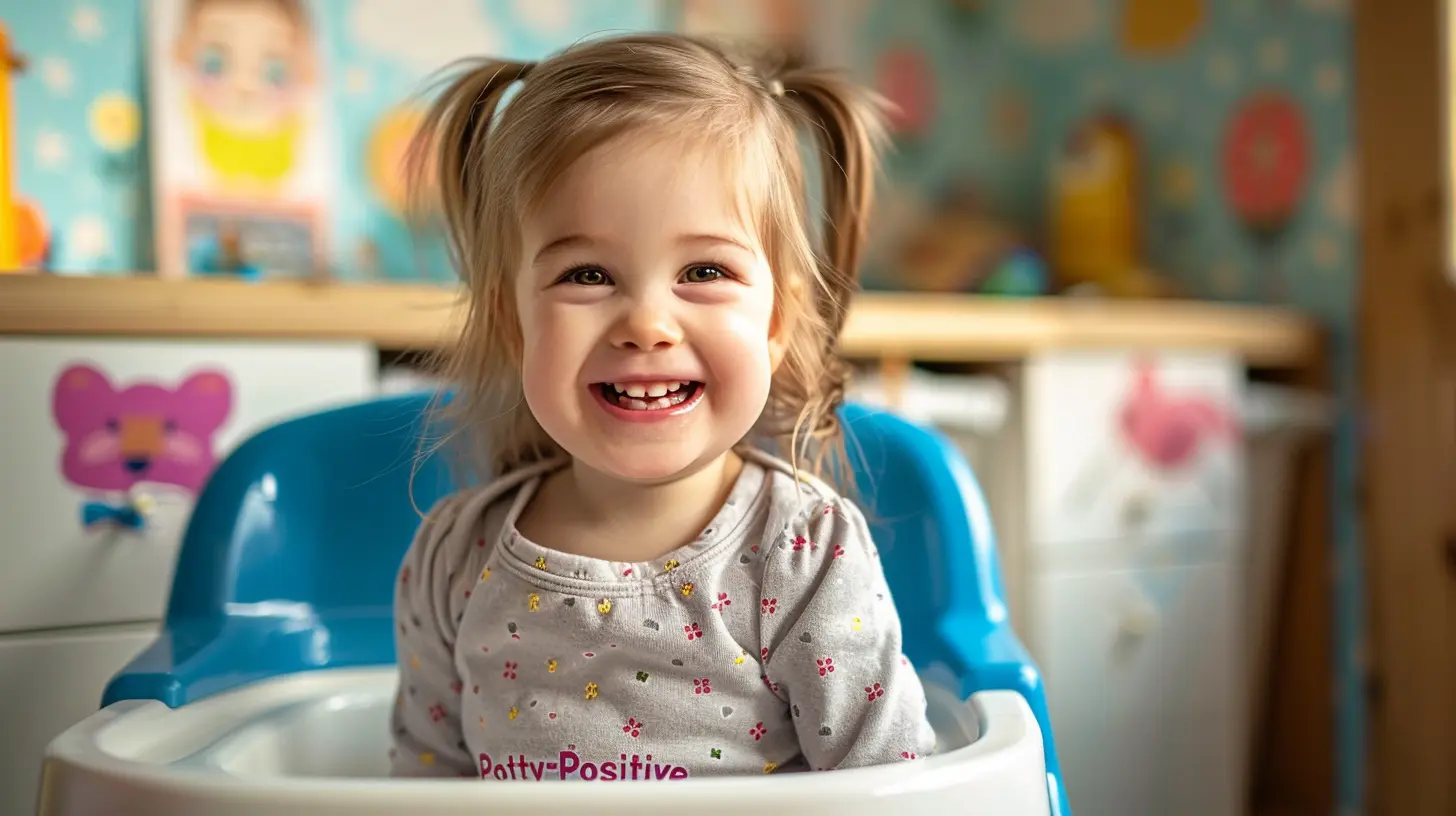
Step 1: Start with the Right Mindset
Parenting can sometimes feel like a race, can’t it? Especially when you hear that your friend’s toddler started potty training at 18 months. But here’s the deal—every child is different. Some are ready to start earlier, while others show interest a bit later. And guess what? That’s totally fine!Follow Their Lead
Pay attention to signs of readiness rather than focusing on their age. Are they staying dry for longer periods? Showing interest in the toilet? Telling you when they’ve soiled their diaper? These little signs are your green light to start.Patience is Your Superpower
Let’s face it—accidents will happen. Sometimes, your child might flat-out refuse to sit on the potty. And that’s okay. Keep reminding yourself: this is a process, not a one-day event. Patience (and maybe a glass of wine for yourself after bedtime?) can go a long way.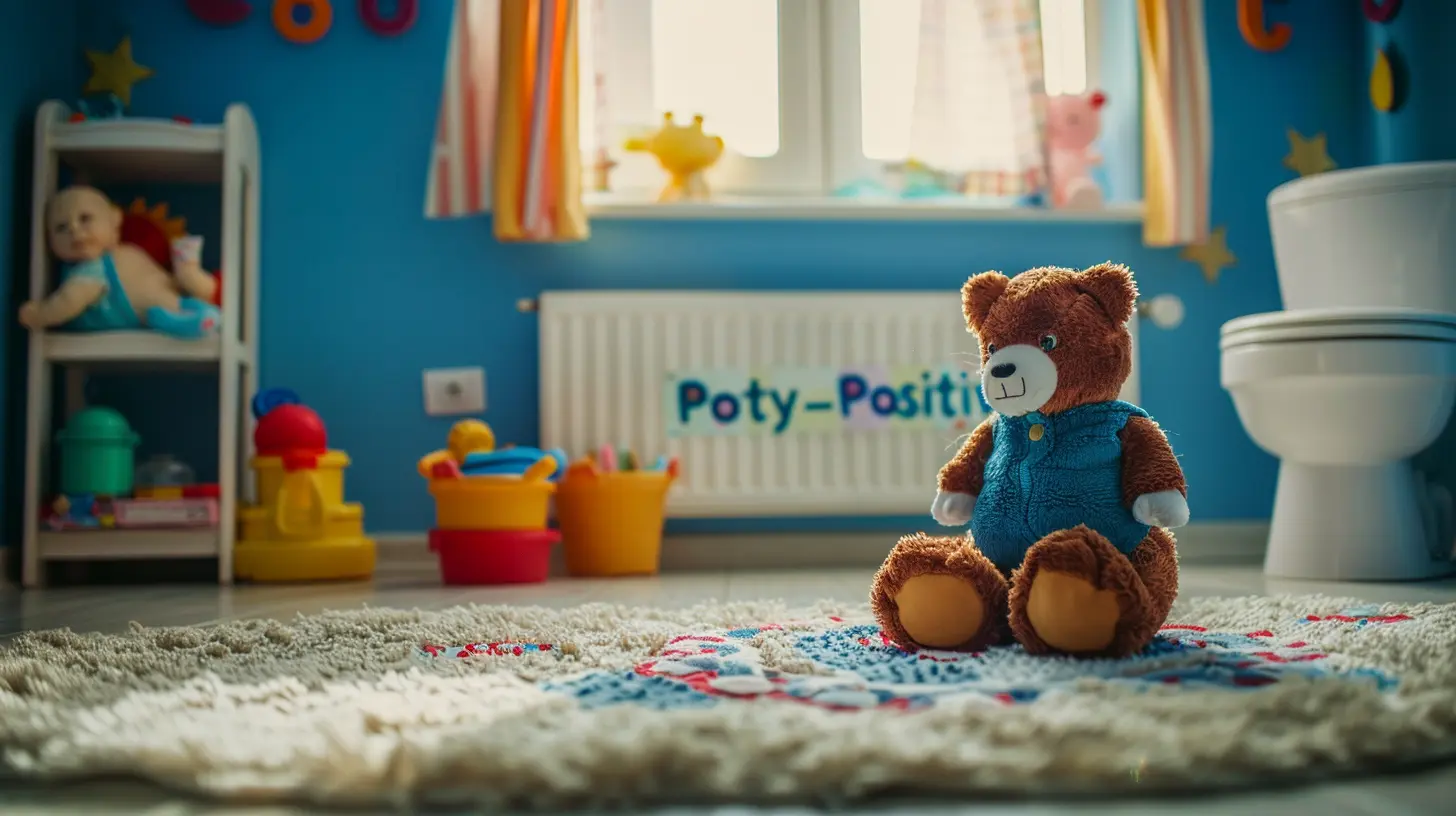
Step 2: Equip Your Home with the Essentials
Potty training without the right tools is like trying to bake a cake without flour—messy and frustrating. To create a potty-positive environment, you need to set the stage for success.Invest in a Kid-Friendly Potty
Start with a potty chair or seat that’s the right size for your child. Bonus points if it’s colorful or has their favorite characters on it. You want it to feel like theirs, not some foreign, intimidating contraption.Stock Up on Training Pants
Pull-up training pants are a lifesaver. They’re like a “safety net” for accidents while still helping your child feel like a big kid. Choose ones with fun designs to make wearing them exciting.Keep Cleaning Supplies Handy
Let’s be real—potty training can get messy. Have baby wipes, disinfectant spray, and a sense of humor ready at all times. A little mess is just part of the journey.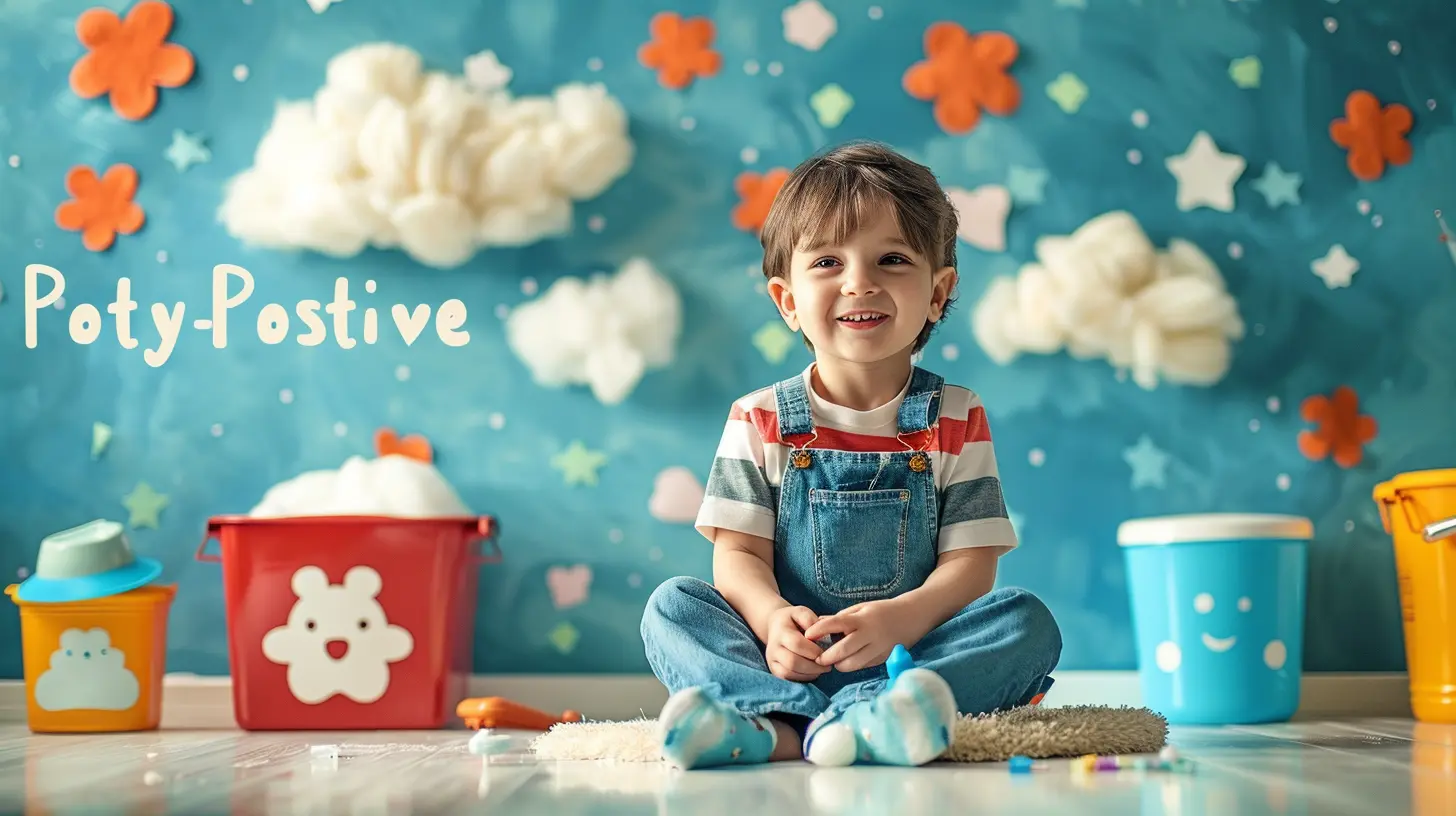
Step 3: Make the Potty a Fun and Safe Space
No one likes doing something they associate with stress, right? Imagine if the bathroom felt like some kind of dungeon—your child wouldn’t want to spend time there either! The goal is to make the potty a place they look forward to visiting.Add Some Fun
Decorate the potty area with some cheerful, washable decals. You could even keep a basket of special books or small toys that are only for potty time. This makes the experience feel a little more enjoyable and not like “work.”Use Positive Language
Instead of saying “Don’t wet your pants,” say “Let’s try sitting on the potty!” Framing things positively can help your child feel excited rather than scared.Step 4: Establish a Routine
Kids thrive on routine—it gives them a sense of security and consistency. Make potty time a regular part of their day.Start Small
Begin by having your child sit on the potty at specific times, like after meals or before bedtime. Even if they don’t “go,” the habit of sitting helps them get comfortable with the process.Use Visual Cues
Try using a potty chart! Every time your child successfully uses the potty, they get a sticker. Once they fill up the chart, reward them with a small treat—maybe a trip to the park or an extra bedtime story.Step 5: Celebrate Successes (and Handle Accidents Gracefully)
Picture this: your child actually uses the potty for the first time. That’s a huge deal! Make a big fuss over their success—clap, cheer, dance, whatever it takes to make them feel proud.Rewards, Not Bribes
You might decide to offer small rewards, like their favorite snack or a toy, for using the potty. Just make sure it doesn’t turn into a bribe. You want them to be motivated by the accomplishment itself, not just the goodies.Stay Calm During Accidents
When accidents happen (and they will happen), resist the urge to get frustrated. Instead of saying, “Why didn’t you tell me you needed to go?” try, “That’s okay, we’ll try again next time!” Your calm reaction teaches them that it’s all part of the learning process.Step 6: Be Consistent, But Flexible
Consistency is key in potty training, but so is flexibility. If your child is having an off day, don’t force it. If they seem scared of the toilet, pause and address their fears. It’s okay to take breaks and come back to it when they’re ready.Step 7: Involve the Whole Family
If your child has siblings, get them involved in the process. Older siblings can be great role models! Let them show your little one how they use the potty (if they’re comfortable, of course).Even better? Make it a family effort by keeping everyone on board. If Grandma is babysitting, let her know what routine to follow. Consistency across caregivers makes a world of difference.
Troubleshooting Common Challenges
Let’s face it—potty training doesn’t always go according to plan. Here are some common hurdles and how to handle them:- Fear of the Toilet: If the big toilet seems scary, stick to a small potty chair for now. Gradually, they’ll warm up to the idea of the “big kid” toilet.
- Regression: If your child starts having accidents after a period of success, stay calm. Big life changes (like moving or a new sibling) can trigger this. Reassure them and go back to basics if needed.
- Refusing to Sit: If they won’t even sit, don’t force it. Use gentle encouragement and make it fun with songs, books, or games.
Final Thoughts
Potty training isn’t just about teaching your child to use the toilet—it’s about building their confidence, independence, and trust in you as their cheerleader. By creating a "potty-positive" environment, you're setting the stage for a successful and stress-free experience.Remember, the road to potty independence is a marathon, not a sprint. Celebrate successes, stay patient during setbacks, and above all, show your child that you’re here to support them every step of the way. You’ve got this—and so do they!
all images in this post were generated using AI tools
Category:
Potty TrainingAuthor:

Max Shaffer
Discussion
rate this article
5 comments
Soliel Brown
Absolutely loved this article! A “potty-positive” approach makes such a difference. Celebrating these milestones with joy makes the journey fun for everyone!
May 10, 2025 at 2:24 PM

Max Shaffer
Thank you so much for your kind words! I'm glad you found the "potty-positive" approach helpful and fun!
Sandra McCarthy
Great insights! Fostering a "potty-positive" environment is essential for encouraging independence. Incorporating fun elements like colorful books or stickers can make the process enjoyable for both kids and parents.
April 29, 2025 at 3:04 AM

Max Shaffer
Thank you! I'm glad you found the insights helpful. Making potty training fun can truly enhance the experience for both kids and parents!
Monique Diaz
Fostering a potty-positive environment nurtures independence and confidence. Celebrate small victories and approach challenges with patience, ensuring a supportive journey for your child.
April 28, 2025 at 2:41 AM

Max Shaffer
Thank you for highlighting the importance of fostering independence and confidence in the potty training journey! Celebrating small victories and maintaining patience truly makes a difference.
Ashira McLanahan
Creating a "potty-positive" environment fosters confidence and reduces anxiety for little ones. Celebrate small successes, maintain patience, and make it a fun, stress-free experience. This supportive approach lays the foundation for lifelong healthy habits.
April 27, 2025 at 3:00 AM

Max Shaffer
Thank you for your insightful comment! Emphasizing a supportive and fun approach truly makes a difference in fostering confidence during potty training.
Kane McCarty
This is such an intriguing approach! How can we balance encouragement with kids' natural hesitations? I’d love to hear more about practical tips for fostering confidence!
April 23, 2025 at 4:55 PM

Max Shaffer
Thank you! Balancing encouragement with kids' hesitations involves patience and understanding. Start by celebrating small successes, use positive language, and create a routine that feels safe. Offering choices and involving them in the process can also build confidence. Happy to share more tips!

